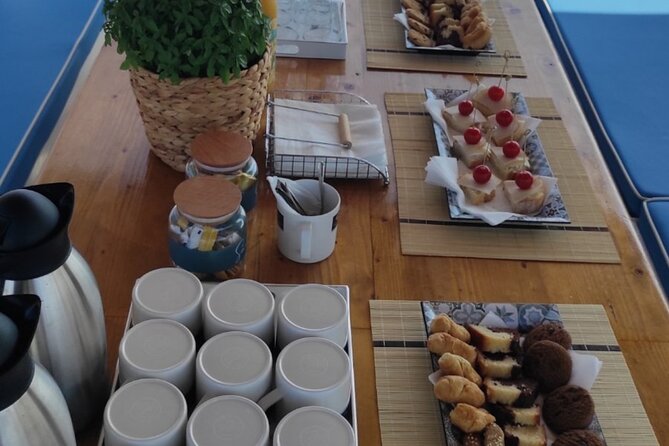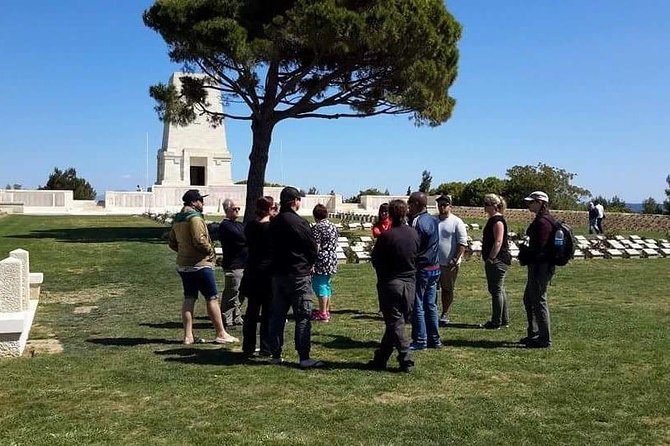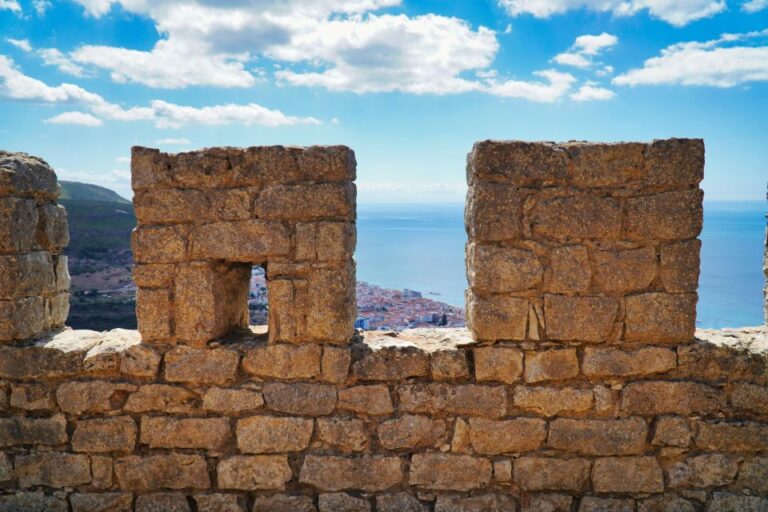Explore the harrowing history of Paris during the Nazi Occupation with this immersive small group tour. Step back in time as you uncover the profound impact of this dark period on the city’s cherished landmarks and communities. From the grand Tuileries Gardens to the storied Marais district, you’ll unveil the stories of cultural plunder, resistance, and resilience that shaped Paris during those tumultuous years. An expert guide’s extensive knowledge brings this complex chapter to life, offering a deeper understanding of the city’s transformation and the divisions that ran through wartime society. What secrets will Paris reveal about its World War II experience?
Key Points
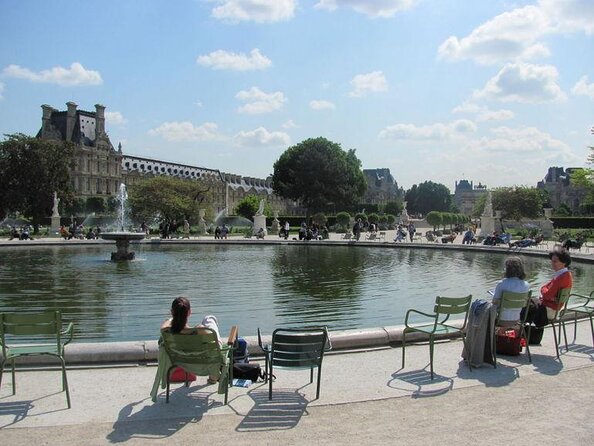
- Explore the Tuileries Gardens and Rue de Rivoli, where the French Resistance conducted covert activities during the Nazi Occupation of Paris.
- Discover the Jeu de Paume Museum’s dark history as a repository for Nazi-looted art during the war.
- Examine the contrast between the opulence of Maxim’s restaurant and the hardships faced by Parisians under the Occupation.
- Uncover the story of the Place de la Concorde and Église Saint-Paul Saint-Louis, where the Resistance found refuge and transmitted coded messages.
- Visit the Marais district and the Holocaust Memorial, a powerful reminder of the suffering endured by the Jewish community during the Occupation.
It's also worth checking out some other tours and experiences nearby.
Tuileries Gardens and Rue De Rivoli

Situated within the heart of Paris, the Tuileries Gardens and Rue de Rivoli serve as the starting point for this captivating World War II tour.
Visitors explore the picturesque surroundings, once commandeered by the Nazi regime as they solidified their occupation of the city.
Your expert guide shares riveting stories of the area’s dark history – from the Nazis’ seizure of nearby buildings to use as headquarters, to the covert activities of the French Resistance who operated nearby.
As you stroll down the iconic Rue de Rivoli, you’ll gain a deeper understanding of how the Occupation transformed the landscape of this beloved Parisian neighborhood.
Jeu De Paume Museum
The Jeu de Paume Museum served as a key location during the Nazi Occupation, where the regime stored and catalogued thousands of pieces of looted art.
Visitors on the tour explore this infamous site, learning how the Nazis exploited France’s cultural heritage for their own nefarious purposes.
Your guide delves into the chilling details of the Nazis’ systematic plunder, shedding light on one of the darkest chapters in the city’s history.
Visitors are struck by the sheer scale of the looting operation, as they visualize the vast halls filled with priceless masterpieces, stripped from their rightful owners.
The tour provides a sobering reminder of the devastation wrought by the occupation and the resilience of the French people in the face of such cultural devastation.
Maxim’s and Rue Du Faubourg Saint-Honoré

Maxim’s, the iconic Art Nouveau-style restaurant on Rue du Faubourg Saint-Honoré, held a special place during the Nazi Occupation. Once a haven for Paris’ elite, it now served as a gathering spot for the city’s collaborators and German elite.
Visitors learn how the restaurant’s lavish parties and exclusive clientele became a symbol of the Occupation’s opulence and moral decay. Guides recount stories of Nazi officials feasting on the finest French cuisine while Parisians struggled to find basic necessities.
The extravagance of Maxim’s contrasted sharply with the hardships endured by the city’s residents, underscoring the deep divisions that existed during this dark period of French history.
Place De La Concorde and Église Saint-Paul Saint-Louis
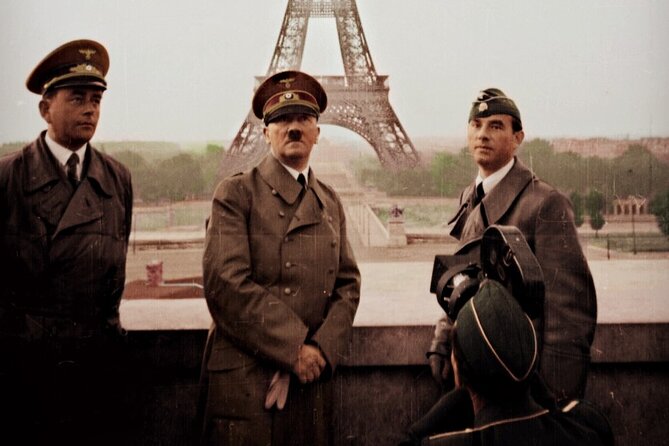
Although the grand Place de la Concorde seemed an unlikely site for wartime tragedy, this iconic square witnessed the execution of several key figures of the French Resistance during the Nazi Occupation.
Nearby, the Église Saint-Paul Saint-Louis provided a solemn refuge, where Parisians gathered in secret to mourn the fallen and seek solace in the face of oppression.
The tour guide shared four fascinating insights about this hallowed ground:
- Nazi soldiers carried out public executions of Resistance fighters on the Place de la Concorde as a warning to the citizens.
- The church’s crypt became a hiding place for Jews and others sought by the Gestapo.
- The organ was used to transmit coded messages to the Resistance through hymns.
- Many Parisians attended clandestine masses, finding strength in prayer to endure the Occupation.
Marais District and Holocaust Memorial

Tucked away in the heart of Paris, the Marais district stood as a poignant reminder of the horrors that Jewish communities faced during the Occupation.
Amidst the charming cobblestone streets and historic buildings, visitors encountered the sobering Holocaust Memorial – a powerful testament to the lives lost and the resilience of the human spirit.
The tour guide shared harrowing stories of the Nazis’ systematic persecution and the valiant efforts of the French Resistance to protect their Jewish neighbors.
Guests were moved by the memorial’s stark architecture and the names of the victims etched into its walls, leaving with a deeper understanding of the immense tragedy and the enduring strength of the human spirit.
Expert Guide’s Extensive Knowledge
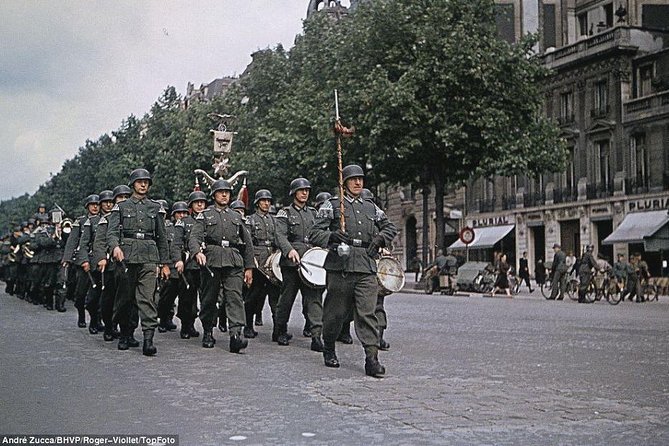
The tour guide’s deep expertise on Paris during World War II and the Occupation ushered guests through the city’s poignant historical landmarks, painting vivid portraits of the triumphs and tragedies that unfolded within. Their wide-ranging knowledge encompassed:
- First-hand accounts of the Nazi occupation and French Resistance.
- Intricate details about the looting and storage of priceless art at the Jeu de Paume Museum.
- Insights into the iconic Parisian establishments, like Maxim’s, that were requisitioned by the German forces.
- Compelling stories of the Parisian Jewish community’s harrowing experiences during the Holocaust.
With an engaging narrative style, the guide brought history to life, immersing the group in the realities of wartime Paris.
Small Group Tour Details
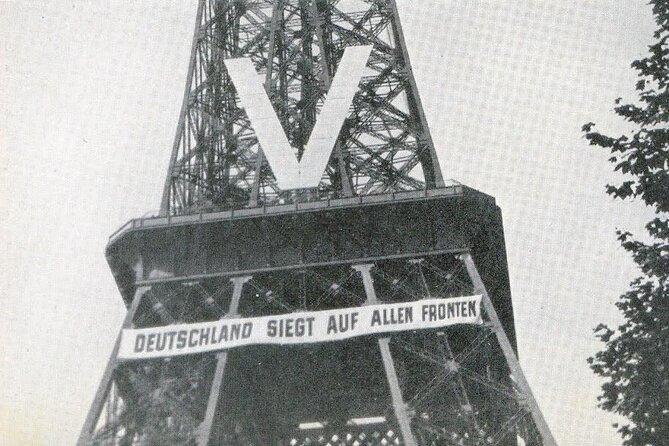
Intimate group sizes of 8-10 travelers ensure an immersive and personalized exploration of Paris’s wartime history, allowing for deeper engagement with the expert guide’s captivating narratives.
This small group format fosters a collaborative spirit, encouraging participants to share their insights and perspectives.
The guide’s extensive knowledge and storytelling skills bring the Occupation era to life, transporting guests back in time as they visit key sites like the Jeu de Paume Museum, once used by the Nazis to store looted art.
With a mix of well-known landmarks and lesser-known gems, the tour offers a comprehensive and thought-provoking look at this pivotal chapter in Paris’s past.
Tour Requirements and Accessibility
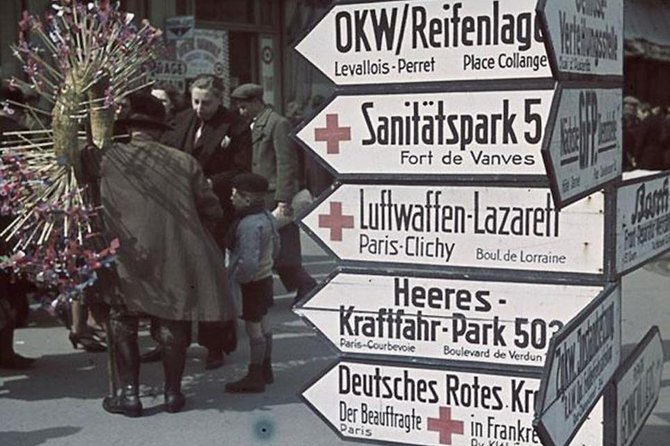
To ensure a smooth and accessible experience, the tour company has thoughtfully considered various requirements and accessibility features.
Weekday tours require a minimum of 3 participants, while weekend tours need a minimum of 4 to proceed – should the minimum not be met, the guide reserves the right to cancel the tour with a full refund.
The tour is wheelchair and stroller accessible, and service animals are welcome, making it inclusive for a wide range of participants.
The tour’s proximity to public transportation is an added bonus, allowing attendees to easily reach the meeting point at the Tuileries Metro station.
With these considerations in place, guests can focus on seeing the captivating history of Paris during World War II.
Here's a few more nearby tours and experiences we think you'll like.
Frequently Asked Questions
What Language Is the Tour Conducted In?
The tour is conducted in English, as the guide has extensive knowledge of the World War II occupation in Paris and provides detailed explanations to English-speaking visitors on this small group tour exploring the city’s historical sites.
Can I Bring My Own Food and Drinks on the Tour?
The tour doesn’t provide any food or drinks, so you’re welcome to bring your own. Just be mindful of the group and avoid anything that could be disruptive during the walking portions of the tour.
Is There an Option for a Private Tour?
Yes, the tour company offers private tours for those who prefer a more personalized experience. Private tours allow guests to customize the itinerary and enjoy the guide’s undivided attention at their own pace.
Are There Any Discounts Available for Students or Seniors?
Yes, the tour provider does offer discounted rates for students and seniors. Simply mention your eligibility when booking, and you’ll receive a reduced price compared to the standard tour fee. It’s a great way to save on this insightful historical experience.
Can I Take Photographs During the Tour?
Yes, guests are generally welcome to take photographs during the tour, though the guide may ask them to refrain in certain sensitive areas. It’s best to follow the guide’s instructions to ensure an enjoyable experience for everyone.
Not for you? Here's more of our most recent tour reviews happening neaby
- Half Day Versailles Palace & Gardens Tour From Versailles
- Paris Top Sights Half Day Walking Tour + Wine Tasting Experience
- Louvre – Private Family Tour With Da Vinci Treasure Hunt – Entry Fees Included
- Paris Learn How to Play Petanque French Experience
- 8-Hour Paris With Montmartre,Marais, Cruise & Saint Germain
- Paris: Hop-On Hop-Off Bus With Cruise and Versailles Options
- Prestige Lunch Cruise Departing From the Eiffel Tower
- Disneyland Paris: 1-Day Flexible Ticket
- Discovery of the Cuban Cocktail Canchanchara
- Paris: Airport Shuttle to Paris for 3 People
- From Paris: Versailles Palace & Garden Bike Tour W/ Tickets
- Versailles-Giverny Day Tour With Lunch at Moulin De Fourges
- Paris: Food Tour With Montmartre History & Highlights
- Paris: 1h40min Photoshoot in City Centre – Professional
- Paris Latin Quarter Walking Tour: Uncover Ancient Secrets
Recap
This immersive tour offers a powerful glimpse into Paris’ haunting past. Visitors walk in the footsteps of the French Resistance, uncover Nazi occupation tactics, and learn how the city’s iconic landmarks were impacted.
With an expert guide’s extensive knowledge, guests gain a deeper understanding of this complex history and its lasting effects on the Parisian community.

